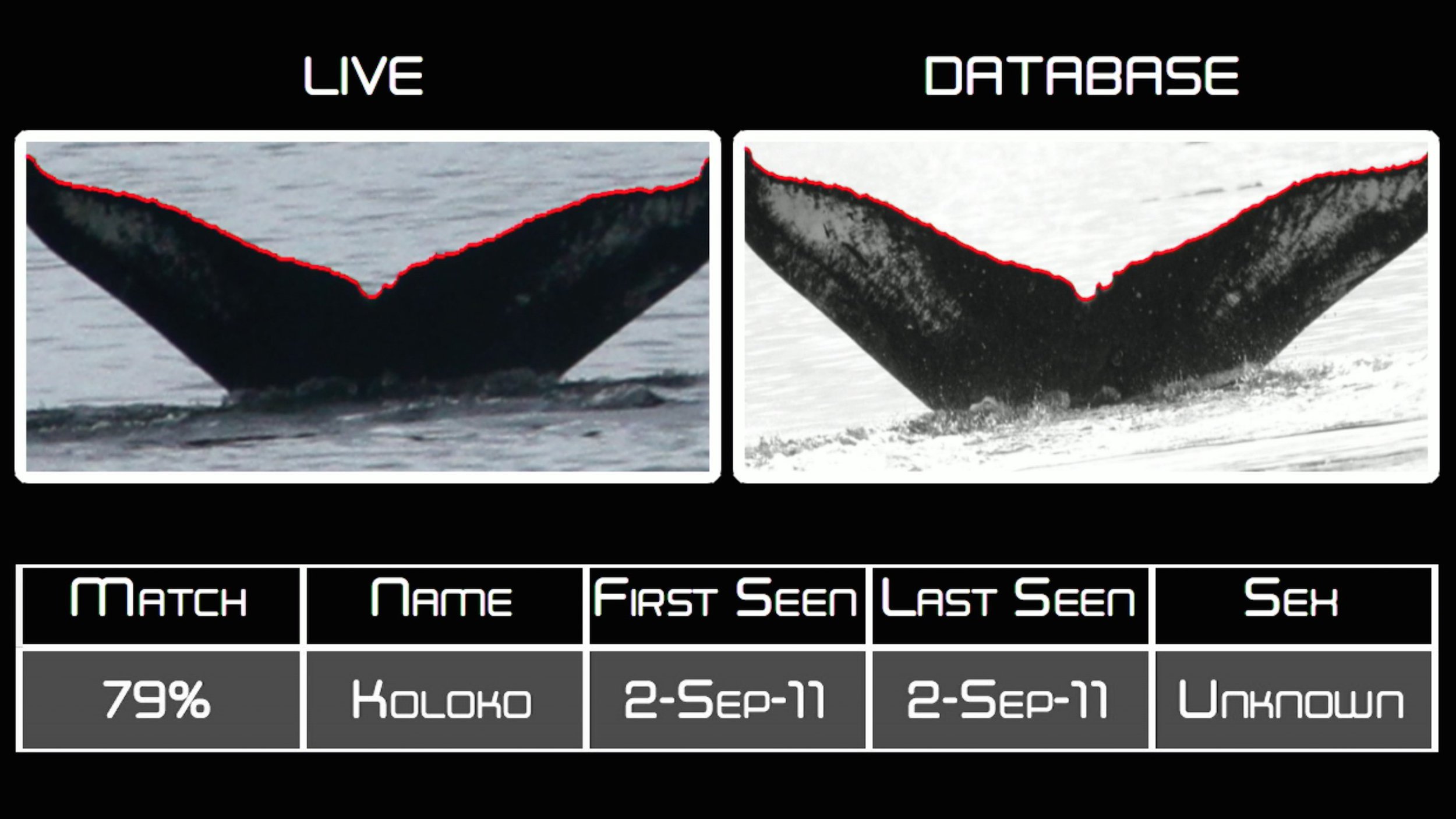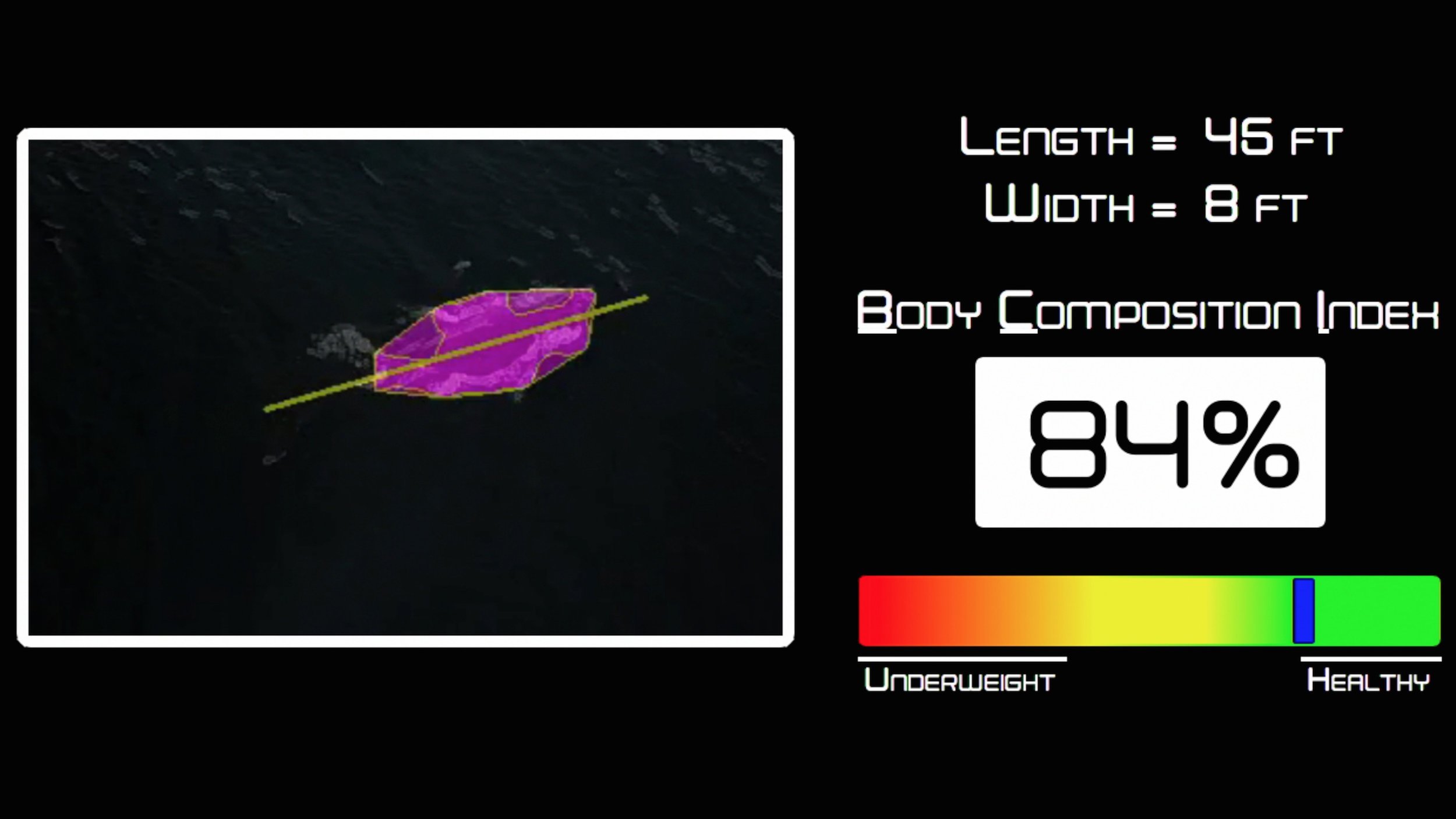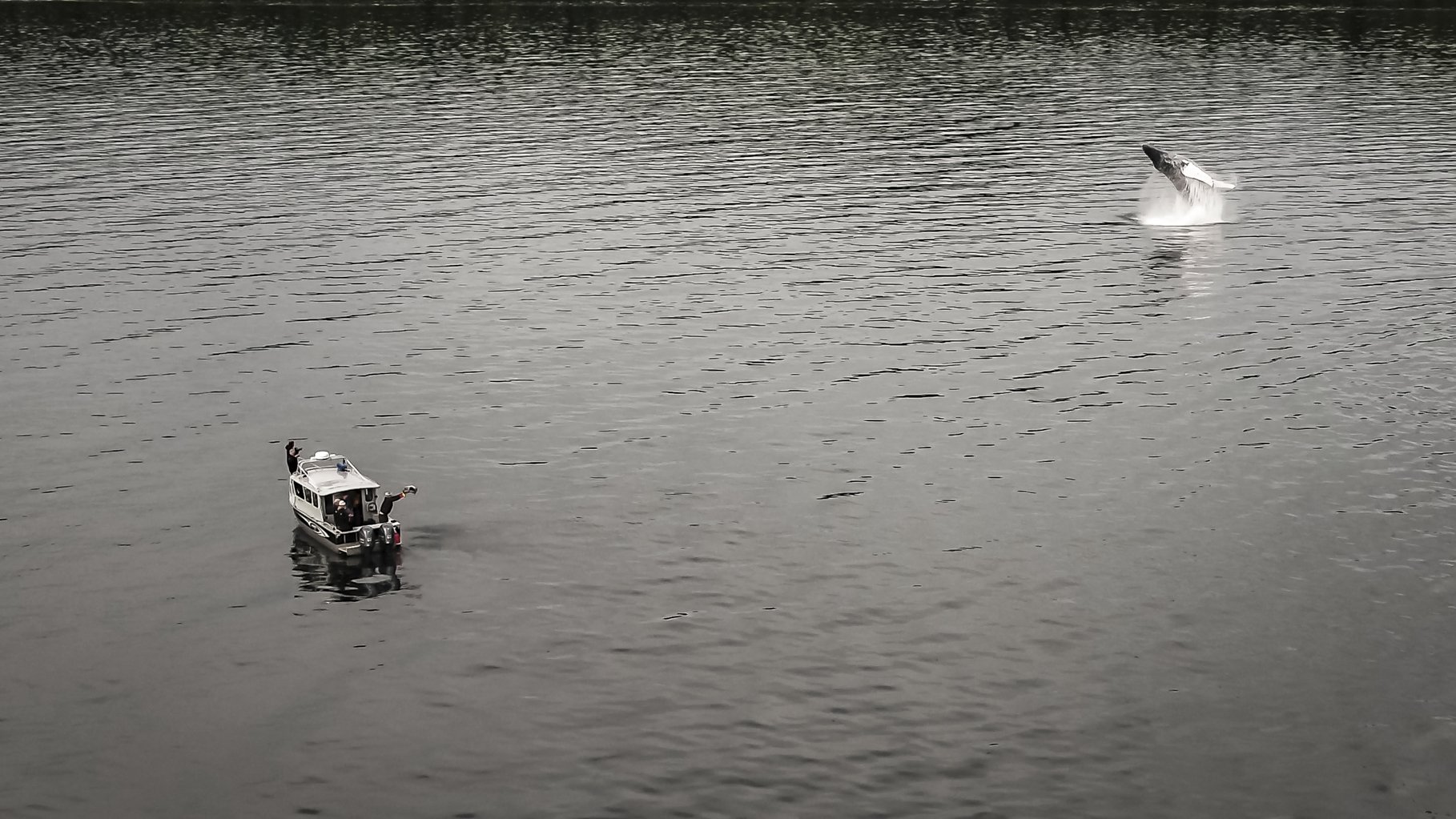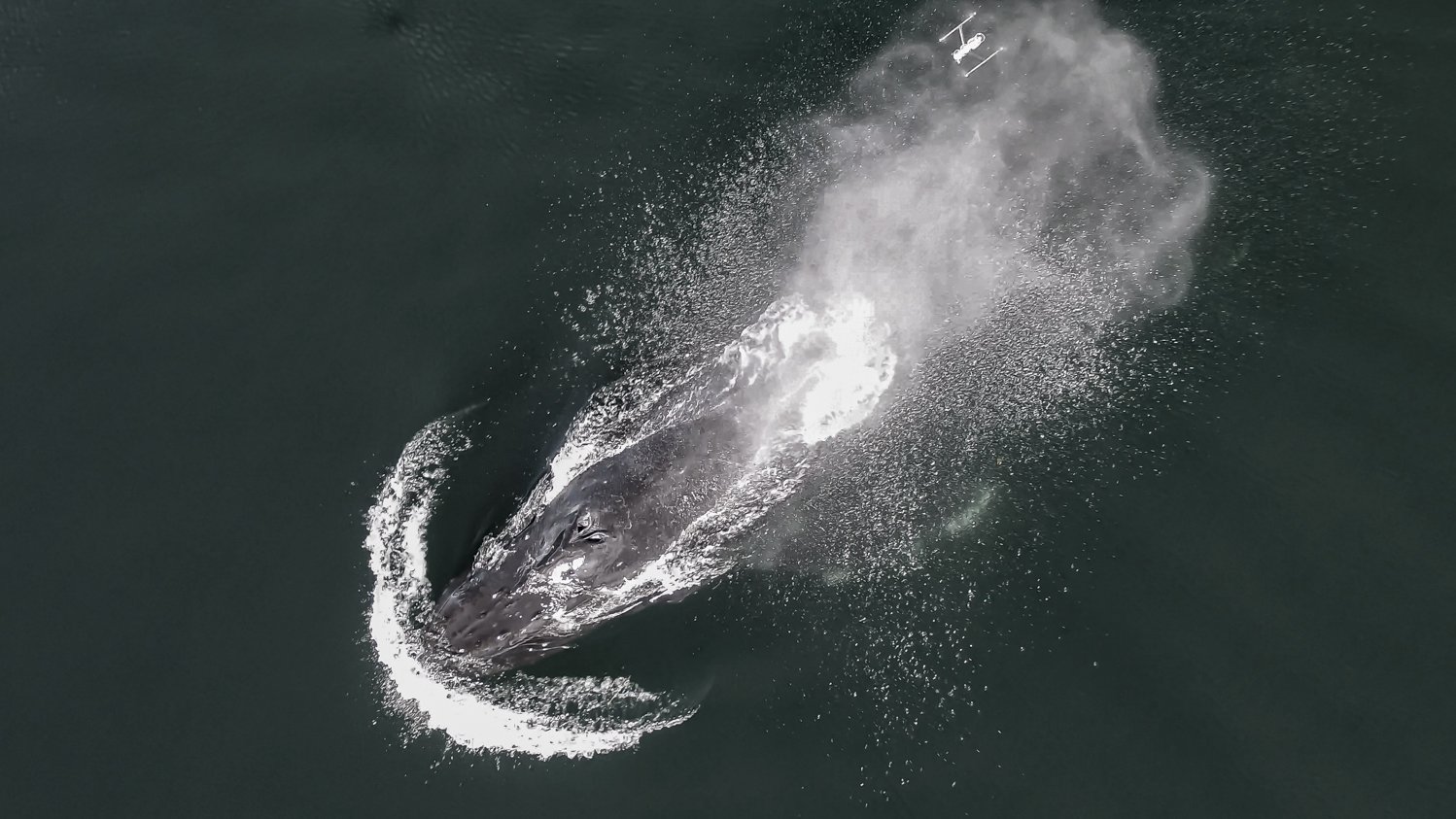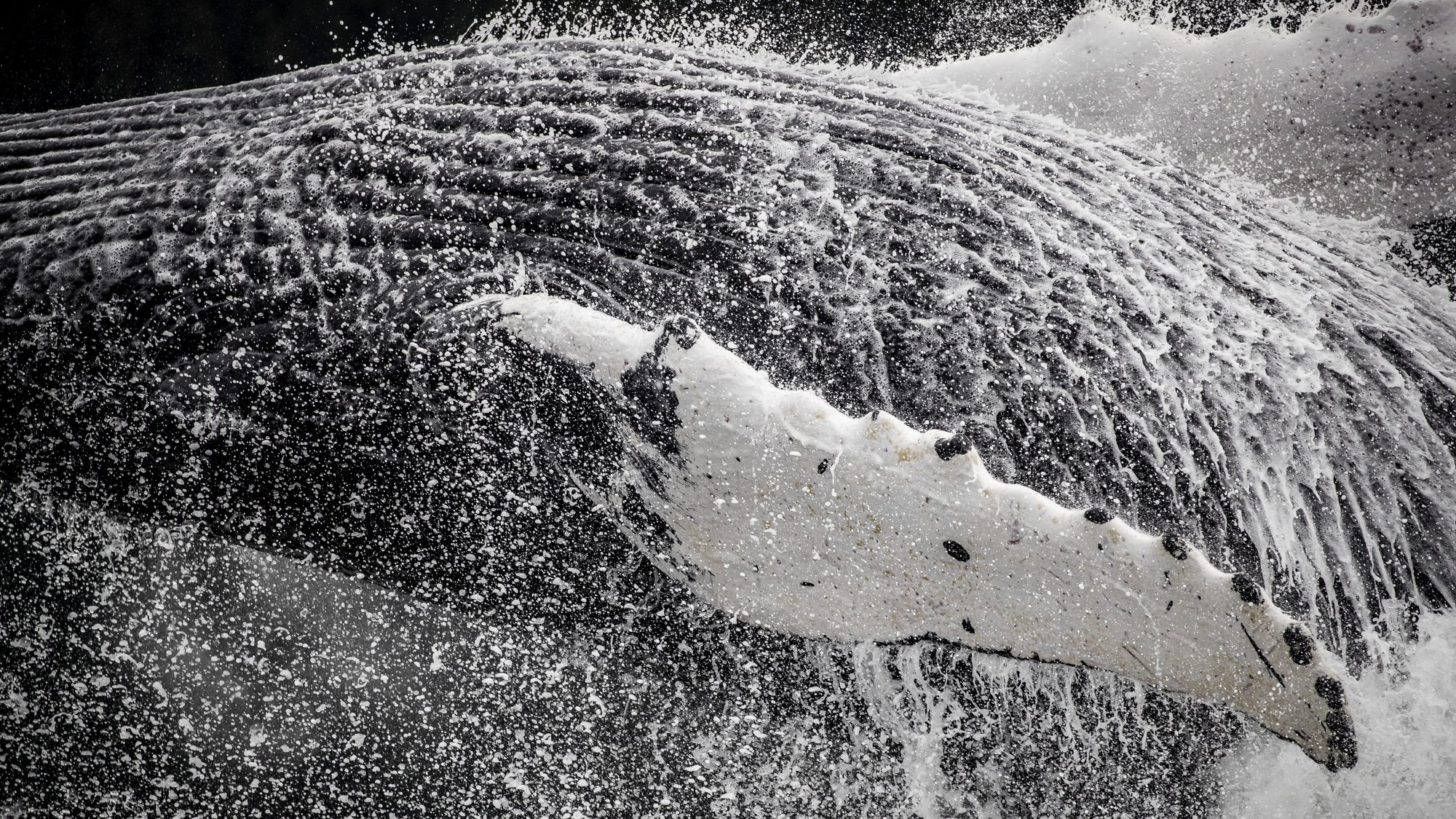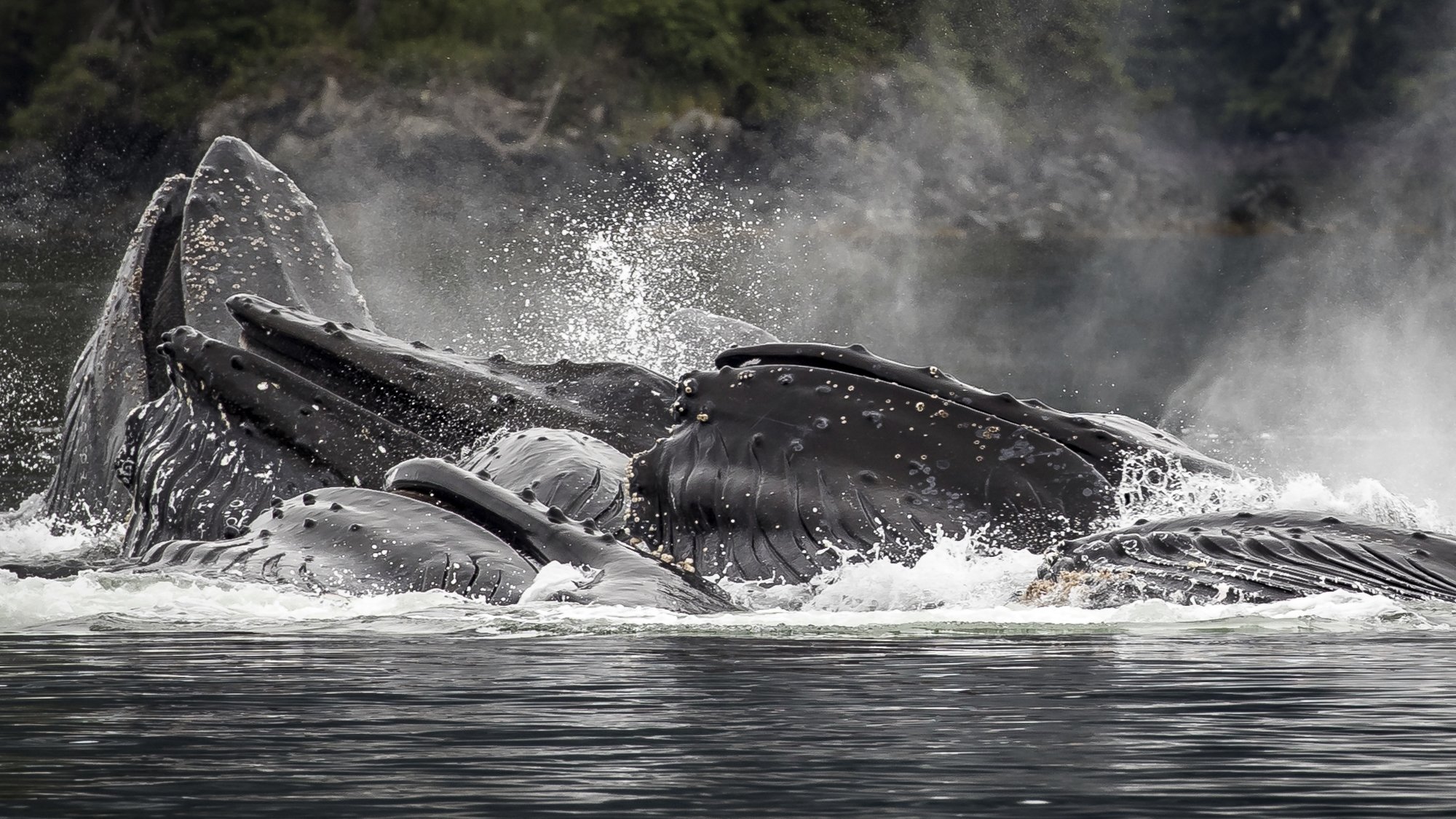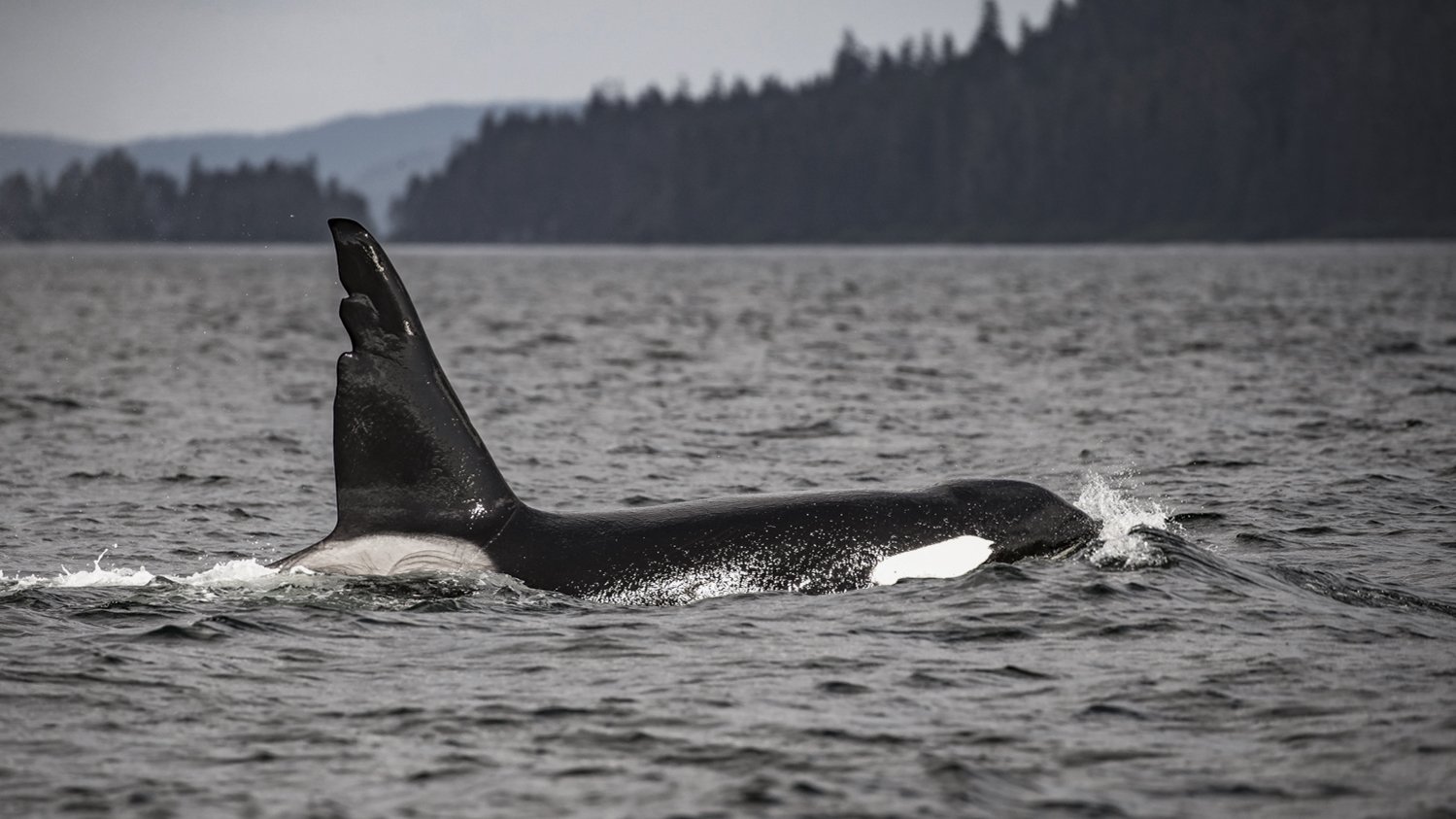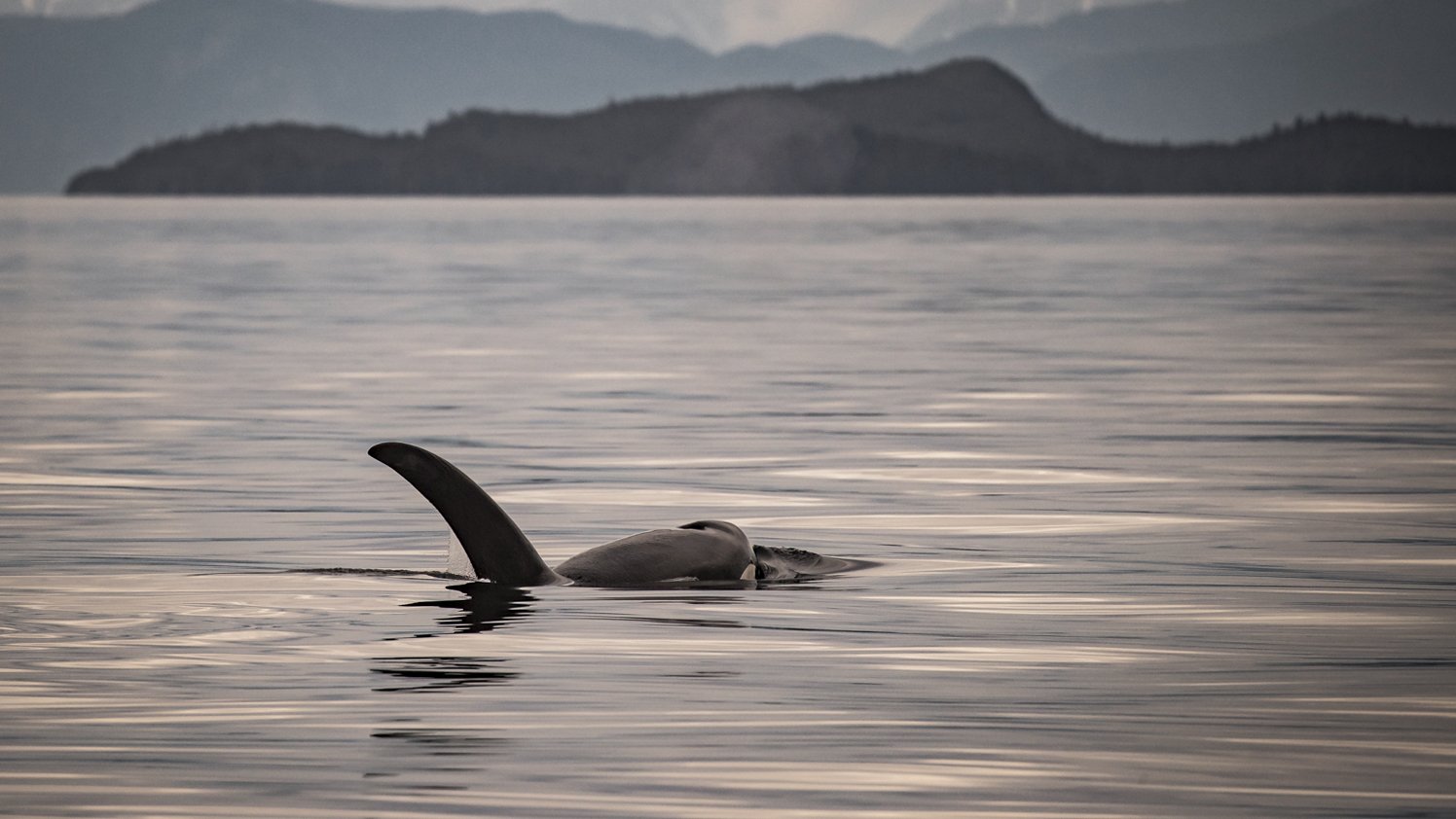Parley SnotBot® – Alaska
Game-Changing Drone Tech Meets Whale Research
For a barometer of ocean health, scientists look to marine mammals at the top of the food web — and sometimes, their 'snot.' Whales are sentient, intelligent ambassadors from the deep. They are talented communicators, natural recyclers of vital nutrients, and imperative regulators of the life support system that generates more than half of our breathable oxygen. A whale’s blow contains mucus rich in biological data, including DNA, stress and pregnancy hormones, viruses, bacteria, and toxins. With drone innovation, and now advanced Intel technology, researchers can collect and analyze this data without the whales knowing. Because you can’t bring a whale to a doctor, Parley SnotBot® brings the doctor to the whale using drones and noninvasive research methods.
The Parley SnotBot® crew recently returned from the latest Gulf of Alaska expedition with a collaborative team of marine mammal and oceanographic experts, technology institutions, photographers and filmmakers.
Here are the highlights:
Powered by Intel, new data-gathering tech changes the game
This Parley SnotBot® expedition was the first powered by advanced technology and data analytics in partnership with Intel. Using new applications of artificial intelligence (AI) and machine learning (ML), the team was able to identify an individual whale from a drone, setting the stage for more photogrammetry and volumetric uses on future expeditions. The new tools allow researchers on the boat to gather more timely and accurate insights on whales, which in turn allows them to quickly identify familiar cetaceans, make better, more informed decisions for their protection, and maximize the results of each encounter.
Learn more about the role of Intel tech here.
The first-ever whale snot collection on live TV
On July 9, 2017, Parley SnotBot® was featured during the international “Earth Live” broadcast on National Geographic Channel, a two-hour live special featuring wildlife documented by the world’s greatest cinematographers. Despite challenging weather conditions, the team successfully located a humpback whale and completed a snot sample collection by drone on live TV.
Watch the clip here.
New drones, better methods, fresh perspectives
In addition to deepening the database with the first orca samples, the Parley SnotBot® crew tested new technologies and data collection systems throughout the nine-day expedition. In a milestone first, a DJI Zenmuse FLIR camera recorded data from the blow and consequent body temperature of a whale. EarBot, the hydrophone-like relative of SnotBot®, was also deployed during the expedition to record marine mammal vocalizations and possible interference from human-driven noise pollution.
Testing a range of high-end technology in challenging weather conditions yields new insights not just on the whales, but also on the operations and techniques we use to study them. The more we learn, the stronger our data collection systems on future expeditions. That’s good news for the whales, the oceans, and the lives their continued survival supports on land.
Learn more
Dr. Iain Kerr's blogs on key learnings and the power of teamwork
Updates from past expeditions in Sea of Cortez, Patagonia, & Alaska
Earbot™ and Snotbot® are registered trademarks of Ocean Alliance. US footage filmed under NMFS permit 18636-01.
#ParleyxSnotBot #ParleyDeepSpace

